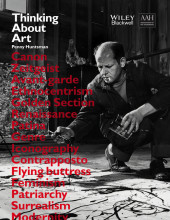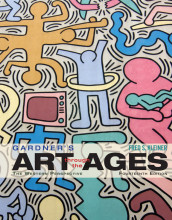Patronage and the Social and Cultural Status of the Artist - Papal and Church Patronage in the Seventeenth Century - The glory of God?
3 important questions on Patronage and the Social and Cultural Status of the Artist - Papal and Church Patronage in the Seventeenth Century - The glory of God?
What was the cultural centre of Italy in the seventeenth century and why?
Why was Federico Cornaro's commission to Gian Lorenzo Bernini in 1644 so opportune?
Why did Juan Martínez Montañes alledgly grab onto the opportunity to depict his Christ of Clemency?
The question on the page originate from the summary of the following study material:
- A unique study and practice tool
- Never study anything twice again
- Get the grades you hope for
- 100% sure, 100% understanding
































